Every time a solar installer drills through a roof covering, it’s another risk for immediate or future roof damage.
For flat rooftops with enough load-bearing capability, concrete ballasts are an option. But even ballasted systems, if not properly contained, can damage a flat roof covering and may still require some penetrations.
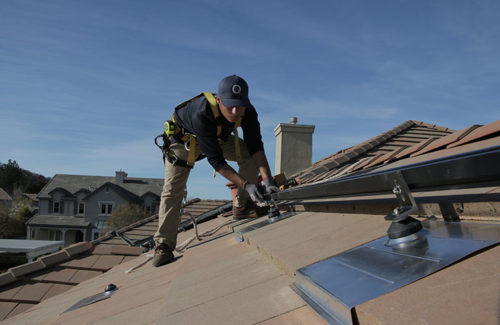
Quick Mount PV
Solar mounting and racking manufacturers are developing product solutions to minimize roof penetrations, save time and avoid leak risks. The challenge is striking a balance between too few and too many roof-mount points.
“The more roof penetrations, the bigger chance it is that one of them will leak into the roof. That means increasing costs of more sealant. A leak can lead to roof damage, water pouring into someone’s attic or interior damage,” said Moti Atia, CEO and president of SolaRack. “I know companies say their equipment has been tested under rain tests not to leak, but at the end of the day there are end users that install this product and, like any other field, there are human errors.”
Each penetration is another bit of time added to an installation. Installers need to mark drill points, make penetrations, insert the mount, seal the penetration and preferably add flashing. On a pitched residential rooftop, drilling into a support beam is often necessary to anchor a mount. Individually, it might not be much time, but together, penetrations add up.
One solution SolaRack found to cut roof penetrations by 25% was developing a shared-rail racking/mounting solution. Using a shared rail reduces a typical eight-panel block from 12 penetrations to nine and helps keep the panels flush and level.
“It really comes into cost of labor, finishing a job a lot faster, having a cleaner installation,” Atia said.
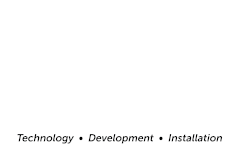
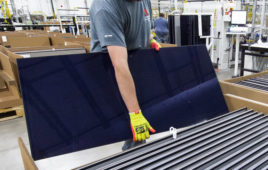
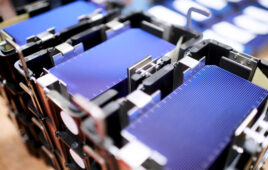
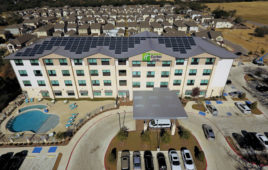

Tell Us What You Think!